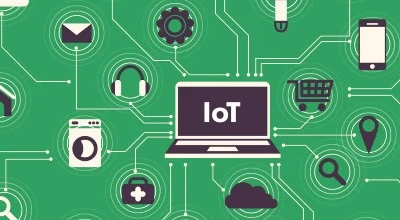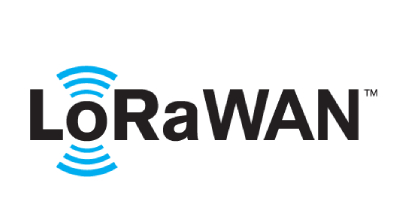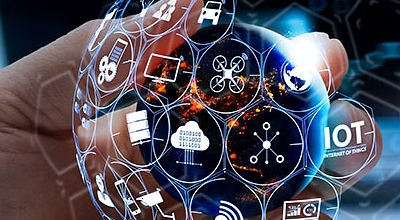
What is difference between LoRa and WiFi?
LoRa (Long Range) and WiFi are two different wireless communication technologies that serve distinct purposes and have various characteristics that set them apart. Here's a descriptive comparison between LoRa and WiFi:
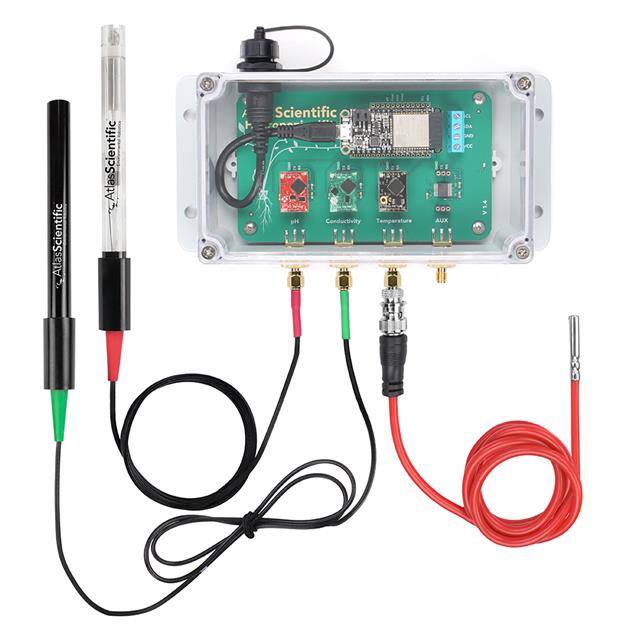
What is LoRa?
Range: LoRa is designed for long-range communication, with the ability to transmit data up to 15 kilometers in rural areas and 2-5 kilometers in urban environments. In contrast, WiFi is designed for short-range communication, typically offering a range of up to 100 meters in indoor environments and slightly more in outdoor settings.
What is WiFi?
Data rate: WiFi is designed for high data rate applications and can support speeds of up to several gigabits per second (Gbps) with the latest WiFi 6 (802.11ax) standard. LoRa, on the other hand, has a much lower data rate, ranging from 0.3 kbps to 50 kbps, making it suitable for low-data-rate and low-power applications.
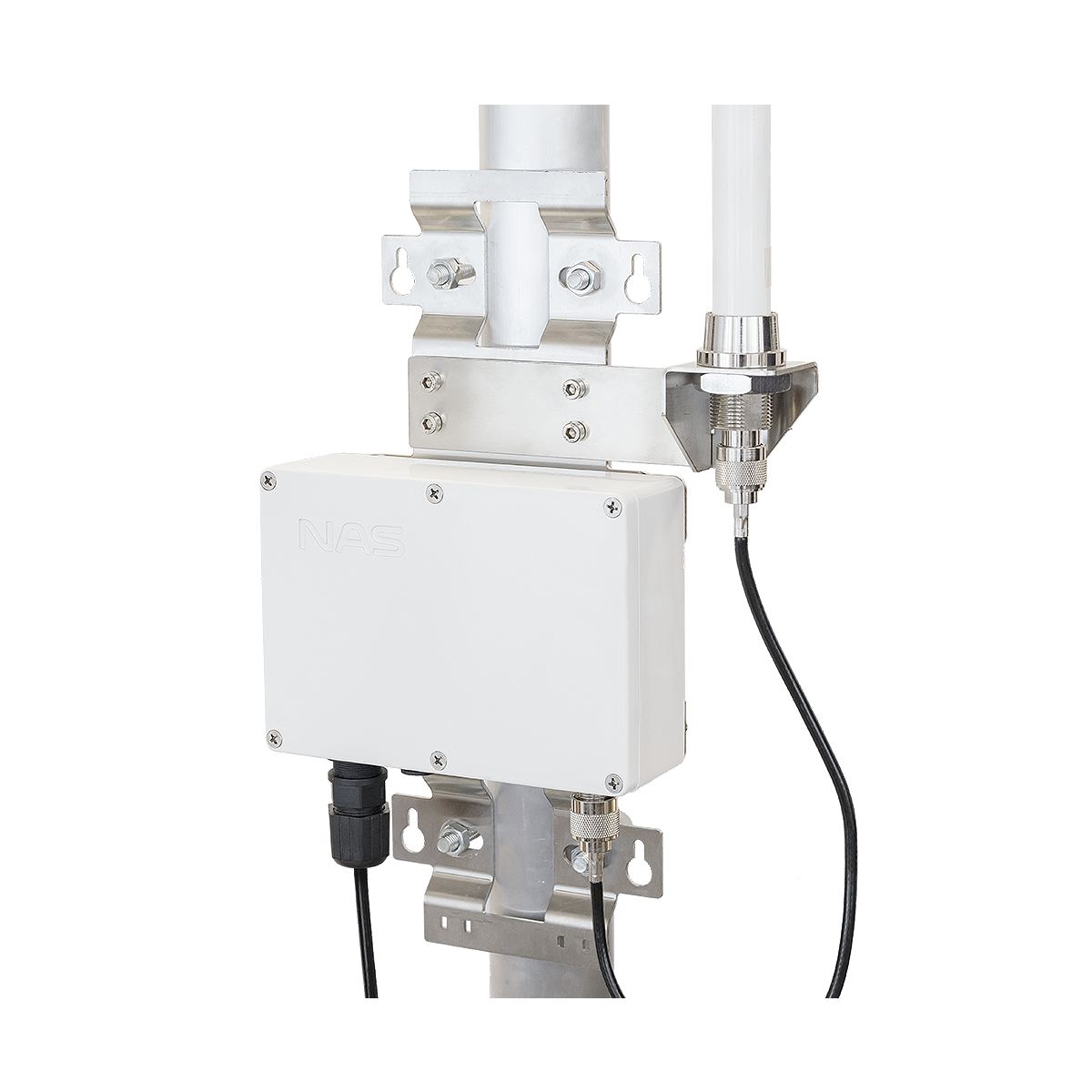
LoRa and WiFi Power Consumption
Power consumption: LoRa devices consume significantly less power compared to WiFi devices, making them ideal for battery-powered applications and long-term deployments. LoRa devices can operate for several years on a single battery, while WiFi devices usually require more frequent recharging or continuous power sources.
Network architecture: LoRa operates on a star topology, where end devices communicate directly with a central gateway, which then forwards the data to a network server. This architecture allows for more efficient long-range communication. In contrast, WiFi operates on a peer-to-peer or infrastructure mode (access point/client) topology, with devices connecting directly to each other or to an access point.

Frequency bands: LoRa operates in the unlicensed Industrial, Scientific, and Medical (ISM) bands, which vary by region (e.g., 868 MHz in Europe, 915 MHz in North America). WiFi operates in the 2.4 GHz and 5 GHz unlicensed bands, with the WiFi 6 standard also utilizing the 6 GHz band.
LoRa and WiFi Use Cases
Use cases: LoRa is primarily used for low-power, wide-area network (LPWAN) applications like smart agriculture, smart city infrastructure, environmental monitoring, and asset tracking. WiFi is more suited for high-bandwidth applications, such as video streaming, online gaming, and general internet browsing, often within homes, offices, or public hotspots.
Interference and scalability: LoRa employs spread spectrum modulation techniques that offer better resilience to interference and can support a large number of devices within its coverage area. WiFi networks, especially in congested areas, can suffer from interference due to overlapping channels and a higher density of devices.
In summary, LoRa and WiFi are designed for different use cases and requirements. LoRa is suitable for long-range, low-data-rate, and low-power applications, while WiFi is ideal for short-range, high-data-rate, and high-power applications.

